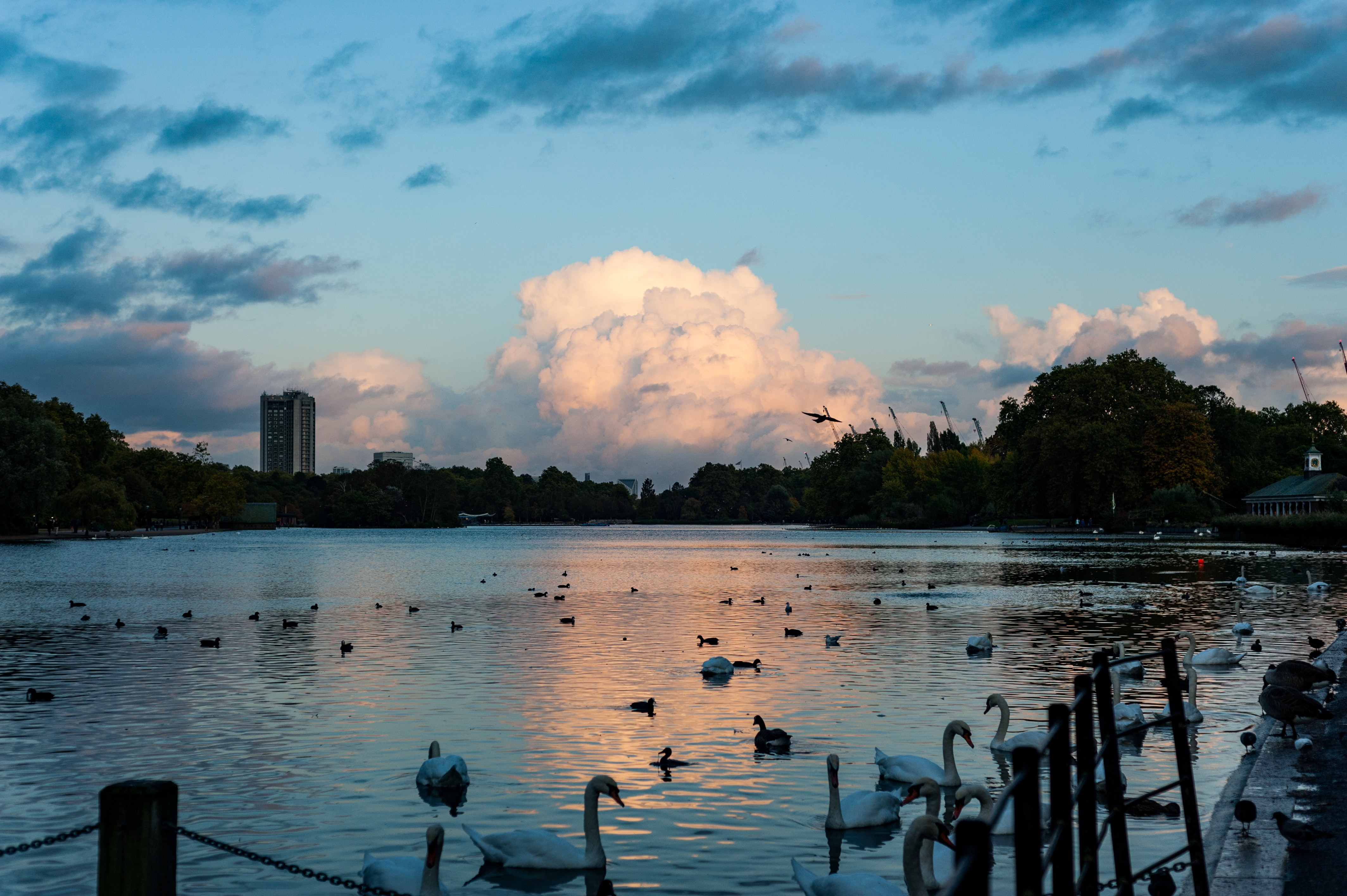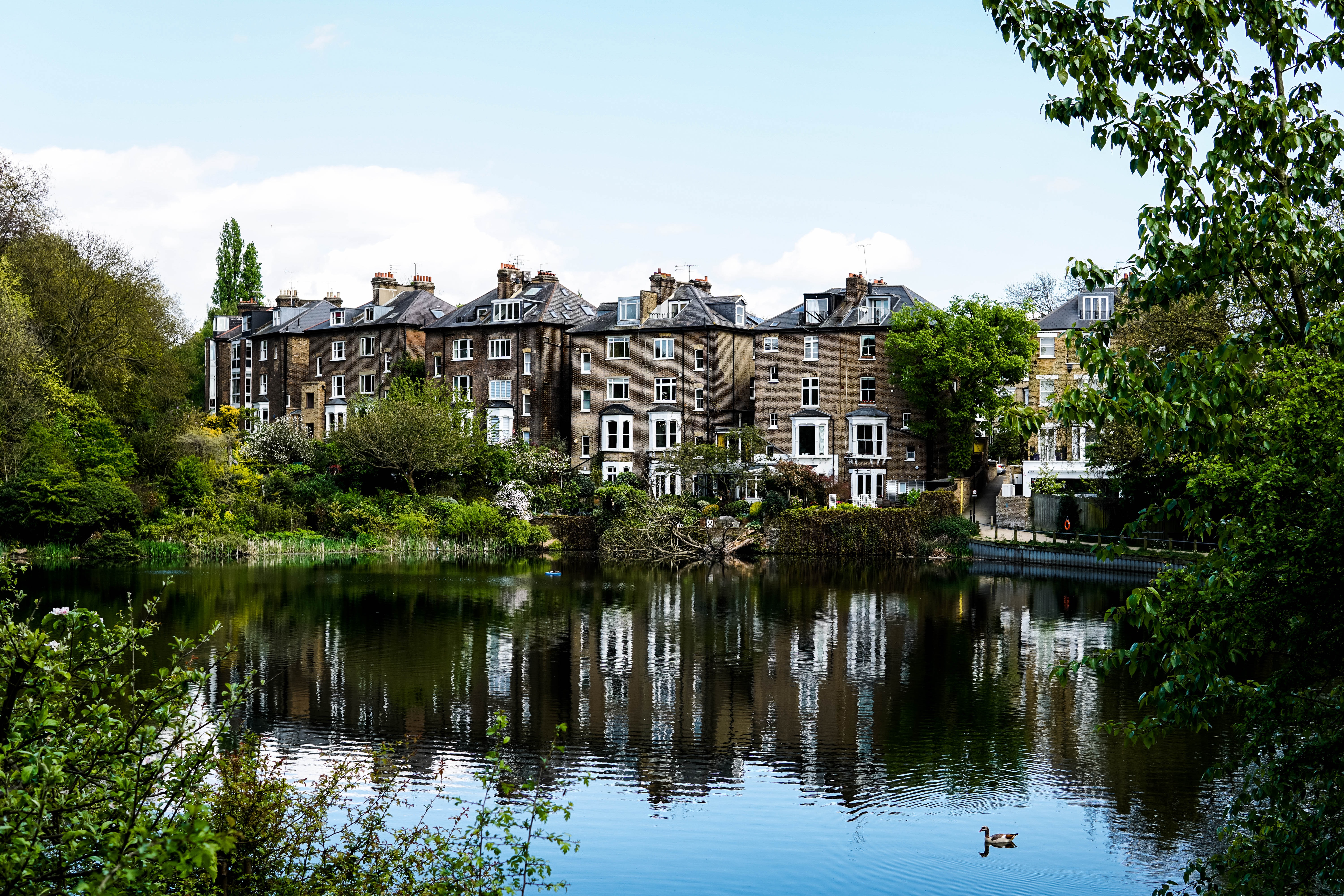As the world's population grows and more people reside in urban areas, urbanisation is expected to double in the next three decades. Consequently, the urban population’s stress level is predicted to increase. This ignites concern from scientists and policy makers about the potential effects on the quality of human life for city dwellers. Studies have found that access to urban greenery is a way to alleviate urban stress and improve mental health. Numerous research has been done to study the benefits that green space can provide for mental health: A study done on individuals in London examined the effect of urban green space density on their self-reported mental health, which showed that there is a positive relationship between both variables.
London, with over 3,000 parks of varying sizes covering 18% of the city, is one of the greenest cities in the world. This provides city dwellers with a network of green space which provide benefits to those who have access to them. One of the many benefits is the positive effect it has on the mental health of the residents. Mental health costs London 17billion pounds a year. According to a study done for the Greater London Authority, the benefits of public green spaces are estimated to save 370 million pounds a year in mental health costs. However, these cost savings vary between different Lower Super Output Areas of Greater London as green space density and socio-economic factors differ.
The aim of this study is to investigate the relationship between access to green space and self-rated mental health based on the 2011 Census data obtained from the UK Data Service. Mapping and identifying areas with low access to green spaces will help inform future planning and management of the need to implement greening initiatives.

